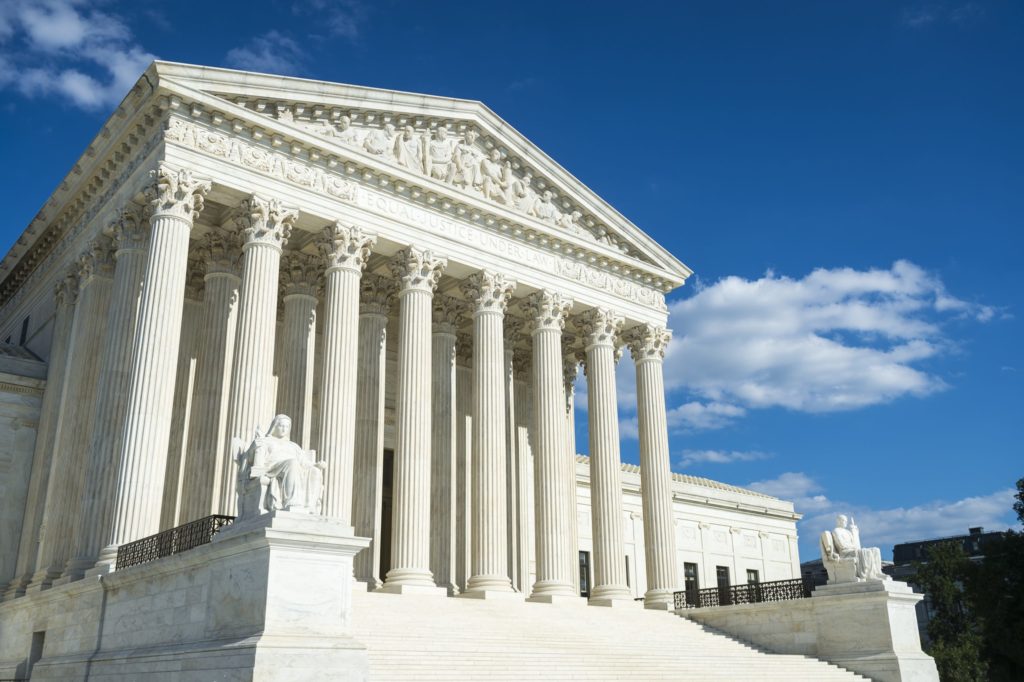Net Energy Metering is an imperfect but necessary part of the broader evolution of electricity systems
After all, over the past two decades, nearly every state has adopted Net Energy Metering (NEM) as an alternative to monopoly provided electricity, and also to compensate customers for excess electricity generated by small resources, such as solar panels, located on or close to a distribution grid. It has been a critical innovation.
Not unsurprisingly, the model has also come under greater scrutiny lately, such as in July when the FERC denied a petition from the New England Ratepayers Association (NERA) regarding the agency’s jurisdiction over NEM. While NERA was right to highlight potential inequities within NEM, the transactions are appropriately before the states, as the costs and benefits from NEM “predominantly accrue to the distribution system and retail customers.”
In a new paper, R Street associate fellow in energy policy, Christopher Villarreal, explains the current imperfect state of NEM, while also noting that what both supporters and opponents of the model fail to address is that the current system is not the final product, but part of a transition away from large, centralized fossil-fueled power plants. It is just a step toward a more transparent model that accounts for the costs and benefits of an emerging distribution-level market comprised of distributed energy resources (DER).
“Understanding adoption rates for solar and participation in NEM programs can help guide state action on when it is appropriate for an NEM program to be modified—or eliminated entirely—and on when to transition customers onto the next stage of DER compensation,” he said.
Beyond explaining the current state of NEM and the role of federal and local regulatory structures, the policy paper also outlines three steps that regulators can use as tools to inform themselves as they navigate the evolution to a model of more distributed energy resources.
To read the full report, check out “Net Metering and Distributed Energy Resources Policy.”







